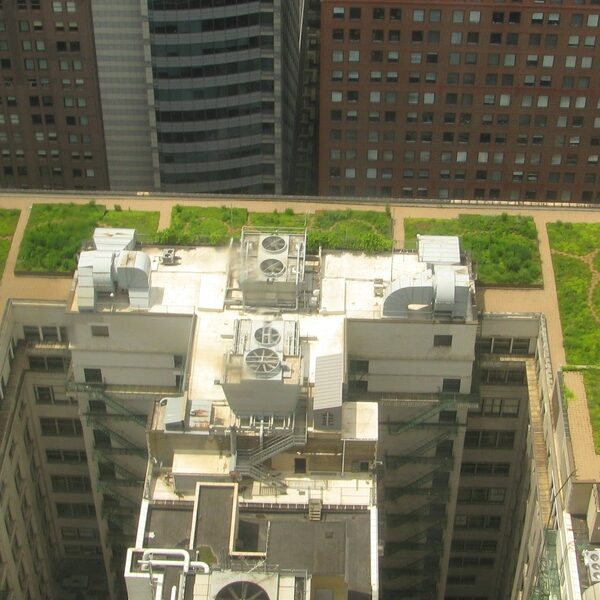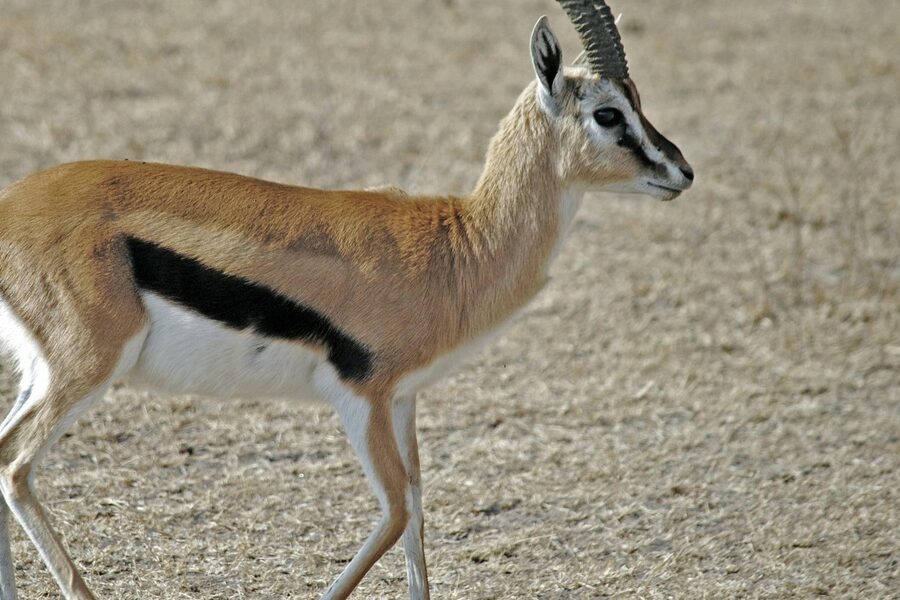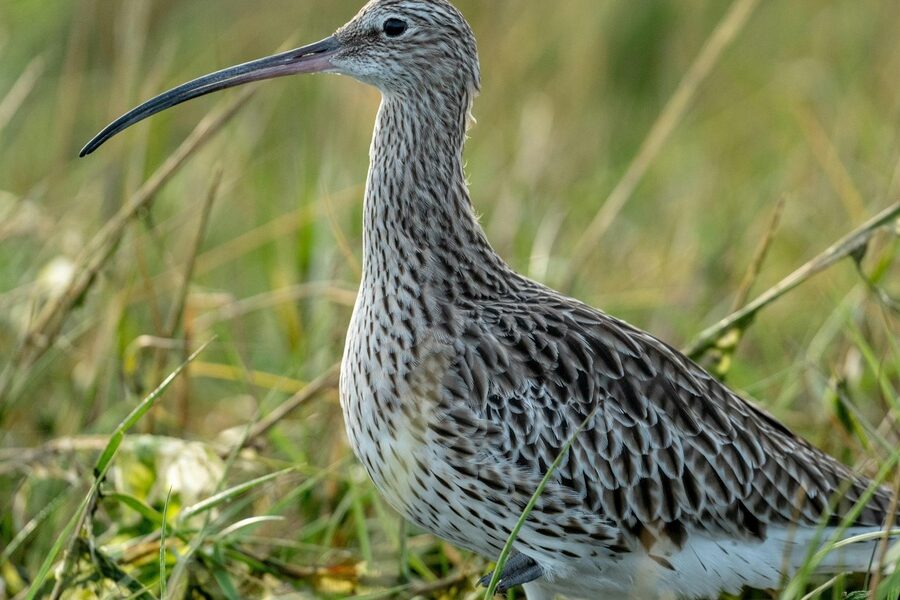A colonial-era naturalist in the 1700s described Nicaragua’s forests as a place where “trees climb to the clouds”—a striking image that still fits much of the country’s wild places. These towering woods and the understory beneath them provide clean water, store carbon, and host wildlife, while also shaping livelihoods and cultural practices from village rituals to artisan trades. The flora of nicaragua matters because plants deliver food and medicine, shade farms and homes, and support eco-tourism that many communities depend on. This piece profiles exactly 10 species across three practical groupings—canopy giants, medicinal and ethnobotanical plants, and understory ornamentals—so you can see how biology and culture overlap. Expect short profiles with measurable facts (tree heights, historical dates) and concrete examples like cooperative cacao growers, eco-lodge gardens, and local craft uses. By the end you’ll have a clearer sense of why conserving these plants matters for people and biodiversity alike.
Iconic trees and canopy giants
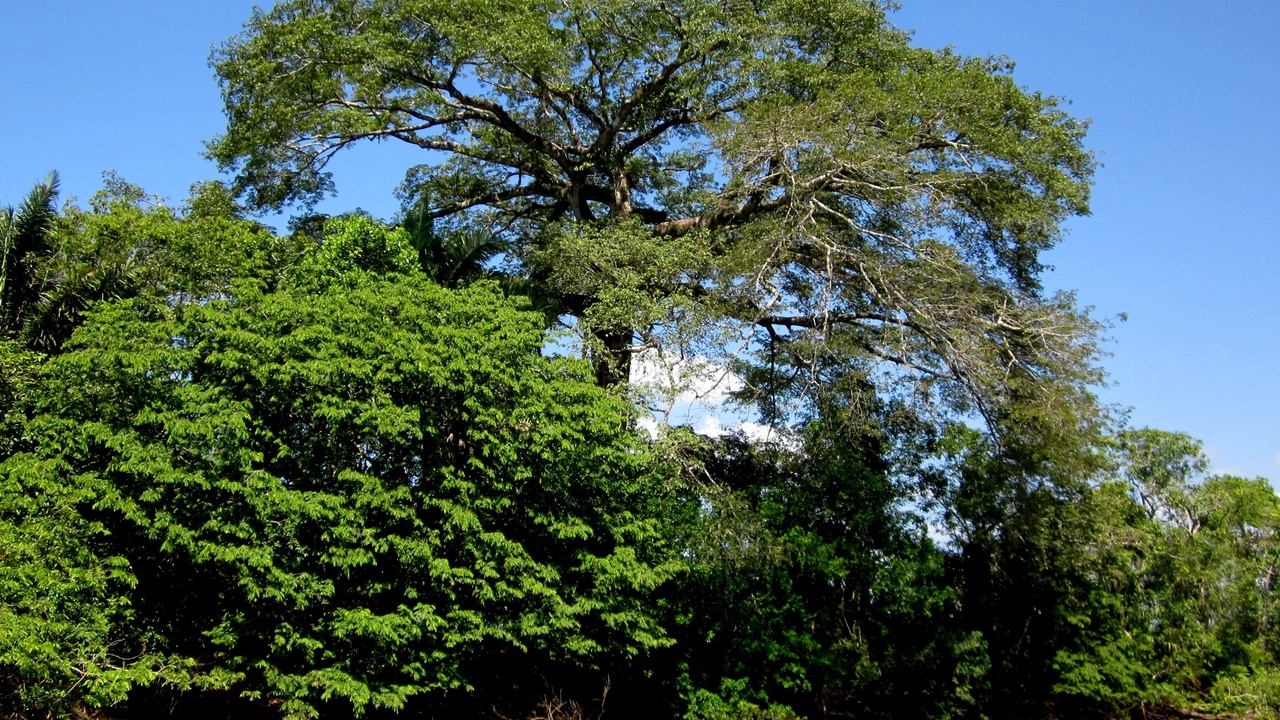
Tall canopy trees act as ecosystem engineers in Nicaragua’s tropical forests: they lock up large amounts of carbon, create cool microclimates, and provide nesting and travel routes for arboreal wildlife. These giants also hold cultural value—community gatherings often center beneath large shade trees—and deliver timber and non-timber products that support rural incomes. Conservation bodies such as the FAO note that protecting intact canopies is key to watershed stability and biodiversity. Selective logging and fragmentation have reduced old-growth patches, so sustainable management and community forestry are essential to maintain those services and cultural uses.
1. Ceiba (Ceiba pentandra)
Ceiba is a towering tropical tree common in lowland forests and often planted close to villages as a landmark or meeting place. Mature Ceiba trees can reach roughly 50–60 meters tall and develop massive buttressed trunks that people use as shade and focal points for social life. In Mesoamerican traditions the Ceiba carries sacred symbolism, and communities still cite it in ceremonies and place names. Practically, the tree produces kapok fiber—light, buoyant material historically stuffed into mattresses, life preservers, and insulation. You can still find local examples of old Ceiba specimens used as community landmarks in rural central and Atlantic regions; regional floras and ethnobotany texts document these cultural roles.
2. Guanacaste (Enterolobium cyclocarpum)
Guanacaste is a wide-canopied, nitrogen-fixing tree common along river edges and seasonally dry zones. Mature trees often reach 25–40 meters in height and produce expansive crowns that can span many meters, offering valuable shade for livestock and understory crops. Farmers use Guanacaste as living fences and shade trees for cacao or coffee, while its root-associated bacteria help enrich soils and reduce erosion on slopes and ranchlands. Its drought tolerance and role in agroforestry make it a common choice on smallholder farms in Nicaragua’s drier regions.
3. Bigleaf mahogany (Swietenia macrophylla)
Bigleaf mahogany earned a reputation as a premier tropical hardwood and played a role in Nicaragua’s historical timber trade. Decades of commercial logging reduced many old-growth stands, leaving scattered emergent trees and younger cohorts in secondary forest. Mahogany is slow-growing and long-lived, traits that make it vulnerable to selective harvest. International trade controls, including CITES listings, now influence how mahogany is sourced, and some local workshops that once relied on native stocks have shifted to reclaimed wood or managed plantations to meet demand more sustainably.
4. Balsa (Ochroma pyramidale)
Balsa is a fast-growing pioneer that appears quickly in disturbed areas and secondary forests, often reaching 20–30 meters tall with very rapid early growth. Its exceptionally lightweight wood is prized for model-making, insulation, and craft industries, and historically balsa logs were used in simple rafts and floats. Ecologically, balsa helps close canopy gaps and facilitate succession, so you’ll see it on abandoned pastures where forest regeneration is underway and occasionally in small-scale plantings for woodcraft supply.
Medicinal and ethnobotanical plants

Indigenous and mestizo communities across Nicaragua maintain deep traditions of plant-based medicine, where healers (curanderos) use local species to treat wounds, digestive troubles, and fevers. Many of these plants serve both cultural and practical roles, and some have attracted biochemical and market interest; ethnobotanical studies and university research often explore active compounds and safety profiles. Local markets sell herbal preparations, and small businesses sometimes commercialize traditional recipes for broader audiences. When citing claimed pharmacological activity, it’s wise to reference peer-reviewed phytochemical studies and regional herbarium records to separate well-documented uses from anecdote.
5. Noni (Morinda citrifolia)
Noni is a tropical shrub or small tree used in folk remedies across the Pacific and parts of Central America for digestive complaints and topical poultices. In the late 20th century noni juice and extracts entered international supplement markets, and you can still find small exporters and local preparations in Central America. Traditional uses include mashed fruit applied to wounds or steeped decoctions for stomach complaints; phytochemical studies note compounds of interest, though rigorous clinical trials remain limited. Ethnobotanical literature is the best place to verify local recipes and reported effects.
6. Cat’s claw (Uncaria tomentosa)
Cat’s claw is a woody vine long used in Amazonian and Central American folk medicine for anti-inflammatory and immune-related remedies. Traditional preparations typically involve decoctions of inner bark made by community healers to ease joint pain or support convalescence. Modern interest led to commercial supplements marketed for joint health, and chemical studies have isolated alkaloids and other compounds. Clinical evidence is mixed, so researchers recommend consulting peer-reviewed trials before making efficacy claims.
7. Cacao (Theobroma cacao)
Cacao is both a cultural plant—used in Mesoamerican rituals for roughly 3,000 years—and a modern cash crop. In Nicaragua, specialty and organic cacao have become important export niches that support smallholder livelihoods, especially in regions like Jinotega and Matagalpa where cooperative models help producers reach fair-trade markets. Cacao is often grown in agroforestry systems beneath shade trees, which preserves biodiversity and improves coffee and cocoa quality. Trade data and cooperative reports illustrate rising interest in single-origin Nicaraguan chocolate among specialty buyers.
Understory, vines, and ornamentals
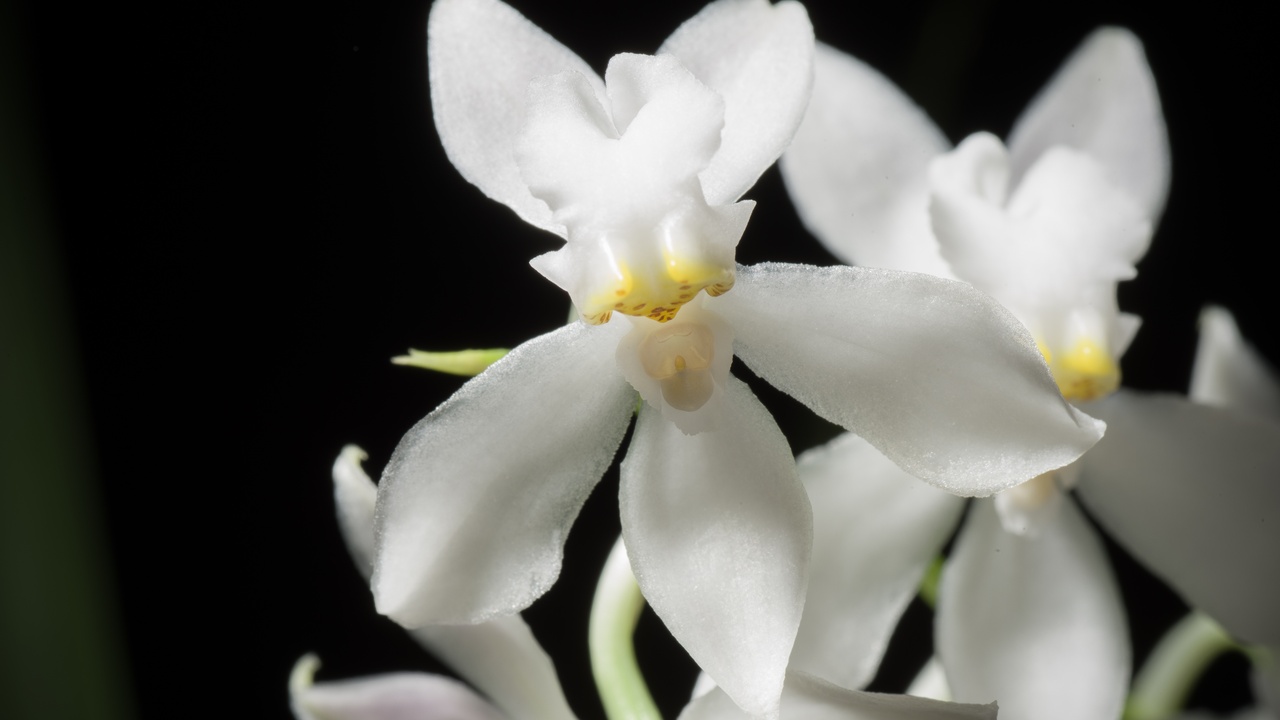
Understory plants, vines, and epiphytes punch above their weight in species richness and economic value. Orchid and epiphyte diversity supports specialist pollinators, and ornamental plants feed horticulture and ecotourism. Vanilla’s hand-pollination technique—popularized after Edmond Albius described a method in 1841—illustrates the human role in cultivating a Mesoamerican native for global markets. Small growers, botanical gardens, and eco-lodges cultivate these species for tourists and collectors, and many rely on careful propagation to avoid wild overharvest.
8. Vanilla (Vanilla planifolia)
Vanilla originates in Mesoamerica and remains a high-value, labor-intensive crop. After Edmond Albius’s 1841 method for hand pollination became widely known, growers outside the orchid’s native range adopted manual pollination to set pods. In Nicaragua, smallholders may grow vanilla in mixed plots or shaded agroforestry systems, trading the labor of hand pollination for premium prices on the export market. The crop requires careful post-harvest curing, which is where cooperatives and training programs add value for rural producers.
9. Heliconia (Heliconia spp.)
Heliconias are colorful understory and edge plants valued by hummingbirds and people alike. Their showy bracts supply nectar and perching sites for pollinators, and dozens of Heliconia species occur across the neotropics. Local eco-lodges often plant Heliconia beds to attract birds for guests, while small growers raise stems for the cut-flower trade and local florists. These plants are a visible link between pollinator ecology and the horticultural economy.
10. Native orchids and epiphytes (various genera)
The humid forests host rich orchid and epiphyte assemblages—several hundred orchid and epiphyte species are recorded in Central America—and many cling to trunks and branches, creating microhabitats and complex pollinator networks. Genera such as Epidendrum and Cattleya include species that local botanical gardens cultivate for display and education. Collectors and nursery operators propagate native orchids, often working with conservation programs to reduce pressure on wild populations and to document species through herbarium records.
Summary
- Canopy giants like Ceiba and mahogany act as ecological pillars—storing carbon, shaping microclimates, and holding cultural value in villages and rituals.
- Medicinal and ethnobotanical species (noni, cat’s claw, cacao) link traditional healing, small-scale commerce, and scientific research; cooperative models help capture more value locally.
- Understory plants, vanilla, Heliconia, and orchids support pollinators and tourism, and hand-pollination methods (since Edmond Albius, 1841) demonstrate human–plant partnerships in cultivation.
- Sustainable sourcing and community-based management can protect both livelihoods and biodiversity—look for specialty chocolate or vanilla from responsible Nicaraguan producers and support local conservation groups or botanical gardens.


